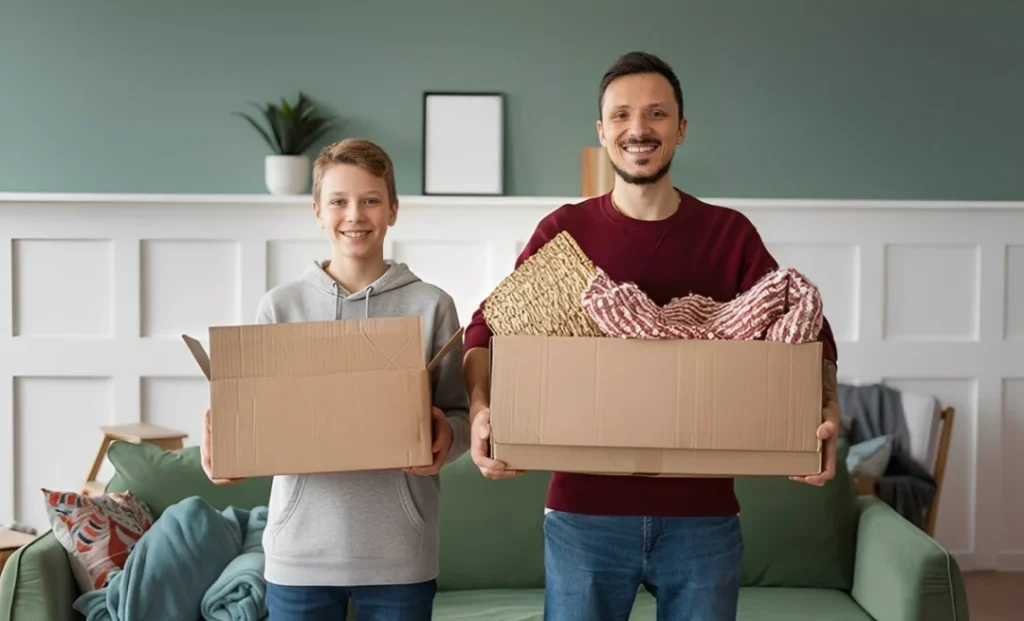Short-Term Storage Strategies for Busy Families Between Moves

Moving rarely happens on a clean timeline. Rental agreements run into each other, closing dates get pushed back, and jobs and classes continue like normal. You need a plan that keeps daily life steady while your home is in flux.
Short-term storage helps you separate “use now” from “move later,” protect fragile items, and keep walkways clear for packers. It also buys time to sell, donate, or list items without pressure. Here are five ways to use storage smarter so your move feels staged, not chaotic.
Stage a rolling basecamp
Create one room or a corner as your daily base. Keep school kits, medicines, pet food, laptops, and a week of clothes there. Everything else can wait. Book portable storage so overflow leaves the house fast. Using onsite storage containers means you load once at the curb, then lock it.
The space you clear today becomes safer walkways and cleaner surfaces tomorrow. Schedule the drop during school hours, confirm HOA or street permits, and place it near the loading path.
Pack by time, not by room
Sort items by when you will need them next. Make three lanes: daily, weekly, and after-move. Daily items stay in your rolling basecamp, weekly items go into a few clear bins marked WEEK 1, so you can find them first at the new place, and after-move items go into sealed boxes.
This time-based sort reduces rummaging, and it keeps essential gear out of deep storage. Use one laundry basket per person for the daily lane, so mornings stay simple.
Build simple, repeatable labels
Use the same three-part label on every box. Write what is inside, where it goes next, and when to open it. Add a bright number, then capture a quick photo list in your phone. Be sure to put numbers on a running note with short descriptions. If a box goes missing, you have a map. If a helper asks where something belongs, the label answers for you.
Load the container in layers
Place heavy items on the bottom and tight to the walls, and fill the gaps with soft goods to stop shifting. Group boxes by open date, then build from back to front. Week-2 and later items go deep, while week-1 boxes ride near the door.
Keep a folding step stool, a cutter, and a small tool kit in a clearly marked bin at the front. You will open that bin first when the container arrives, and it will save you time right away. Use straps and mattress bags to keep furniture steady.
Safeguard sensitive items and documents
Moisture and heat damage photos, keepsakes, and devices. Wrap sensitive items and use tight totes with lids. Put critical papers in a flat zipper pouch and carry them with you. In addition, be sure to scan IDs, leases, and school records to cloud storage. Put a copy of the key files on a thumb drive in your wallet.
A simple belt and suspenders approach avoids long calls and delayed school registrations. Snap a timestamped inventory video, drop in desiccant packs, and avoid candles or aerosols in storage.
Endnote
Short-term storage is more than a place to stash boxes. It is a simple way to protect routines, keep kids safe, and shrink your moving stress. Use these steps to keep pathways open and mornings sane. Additionally, store the right things outside the house, keep the right things close, and move once, not twice.

